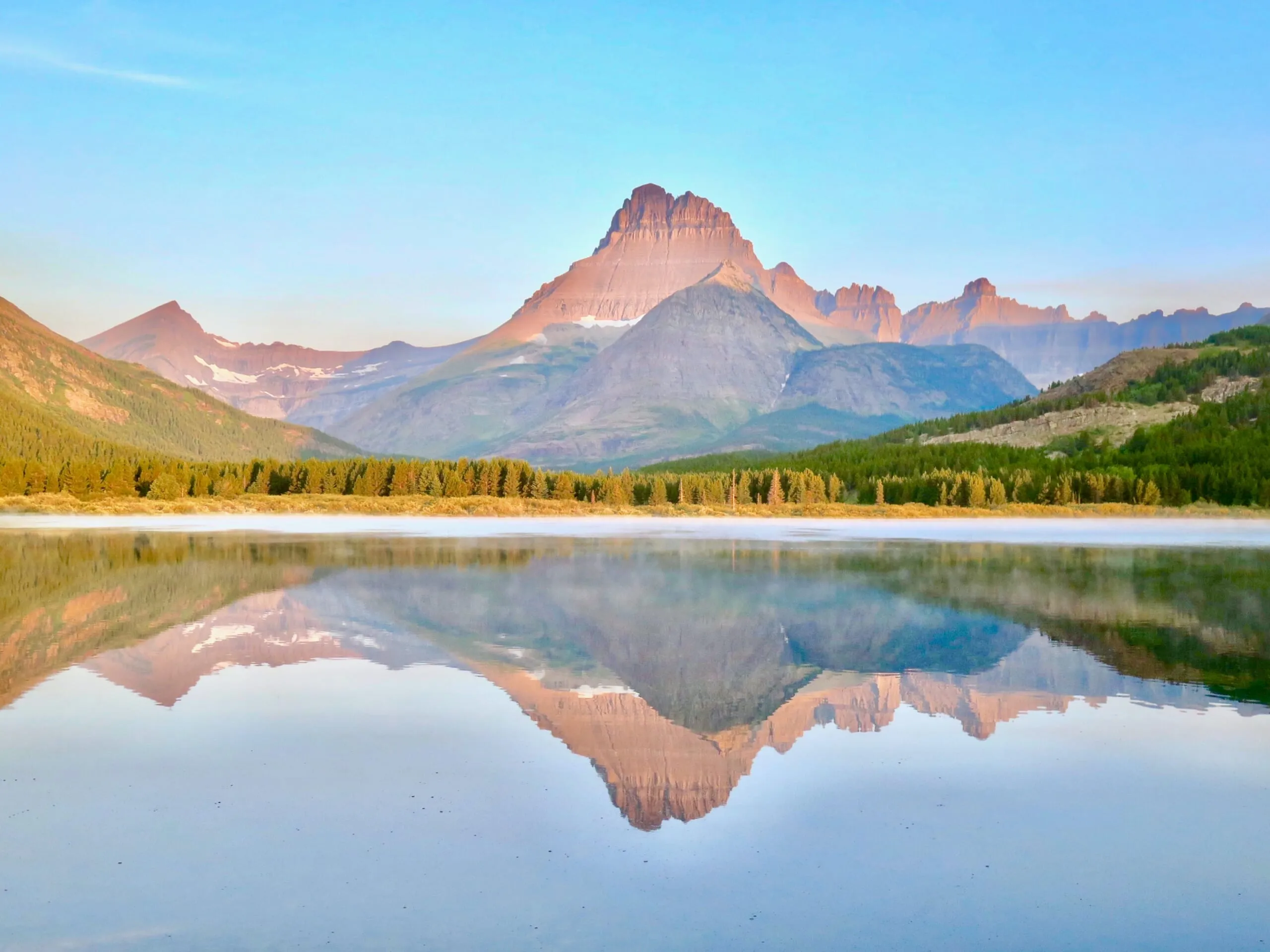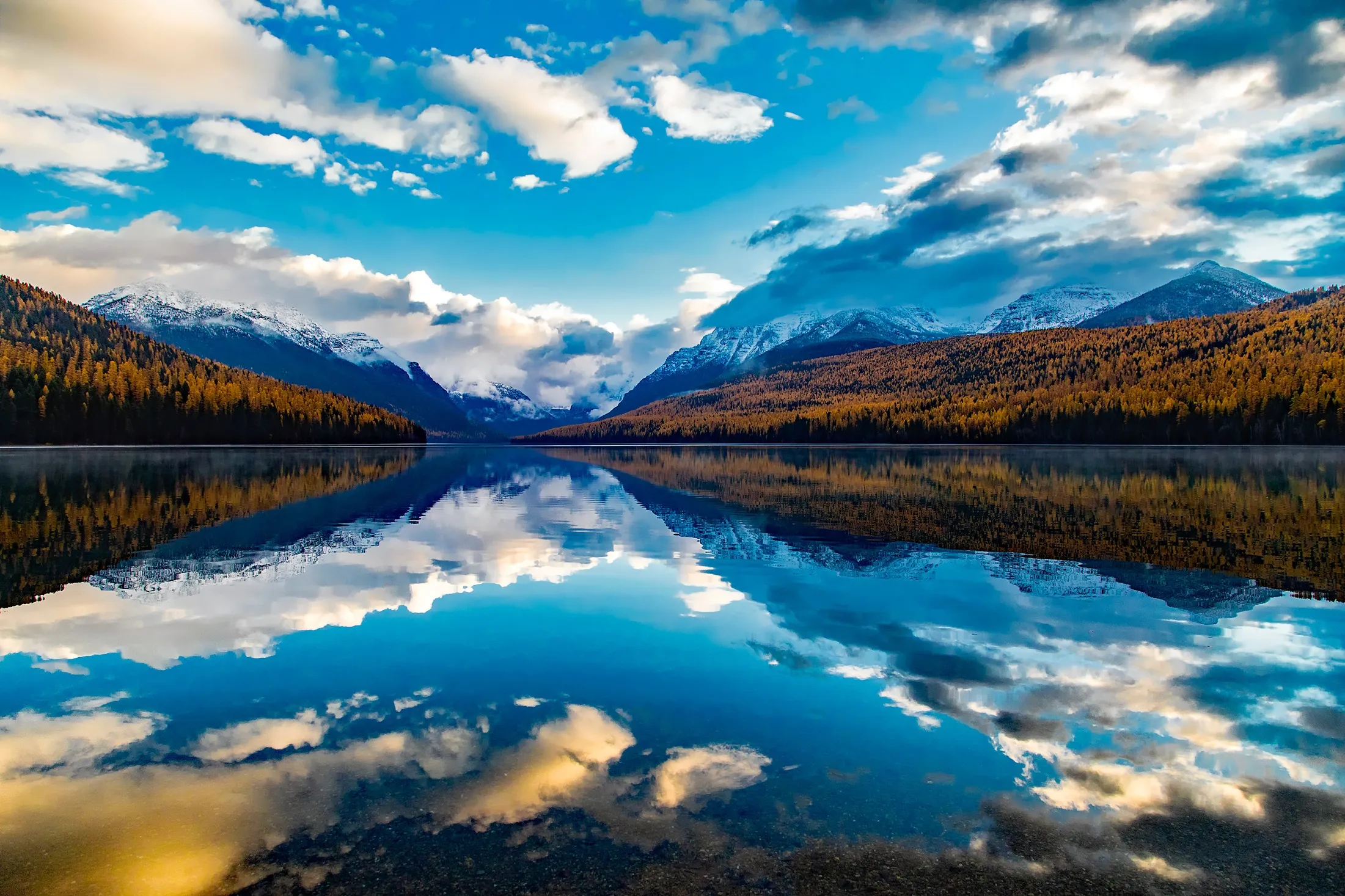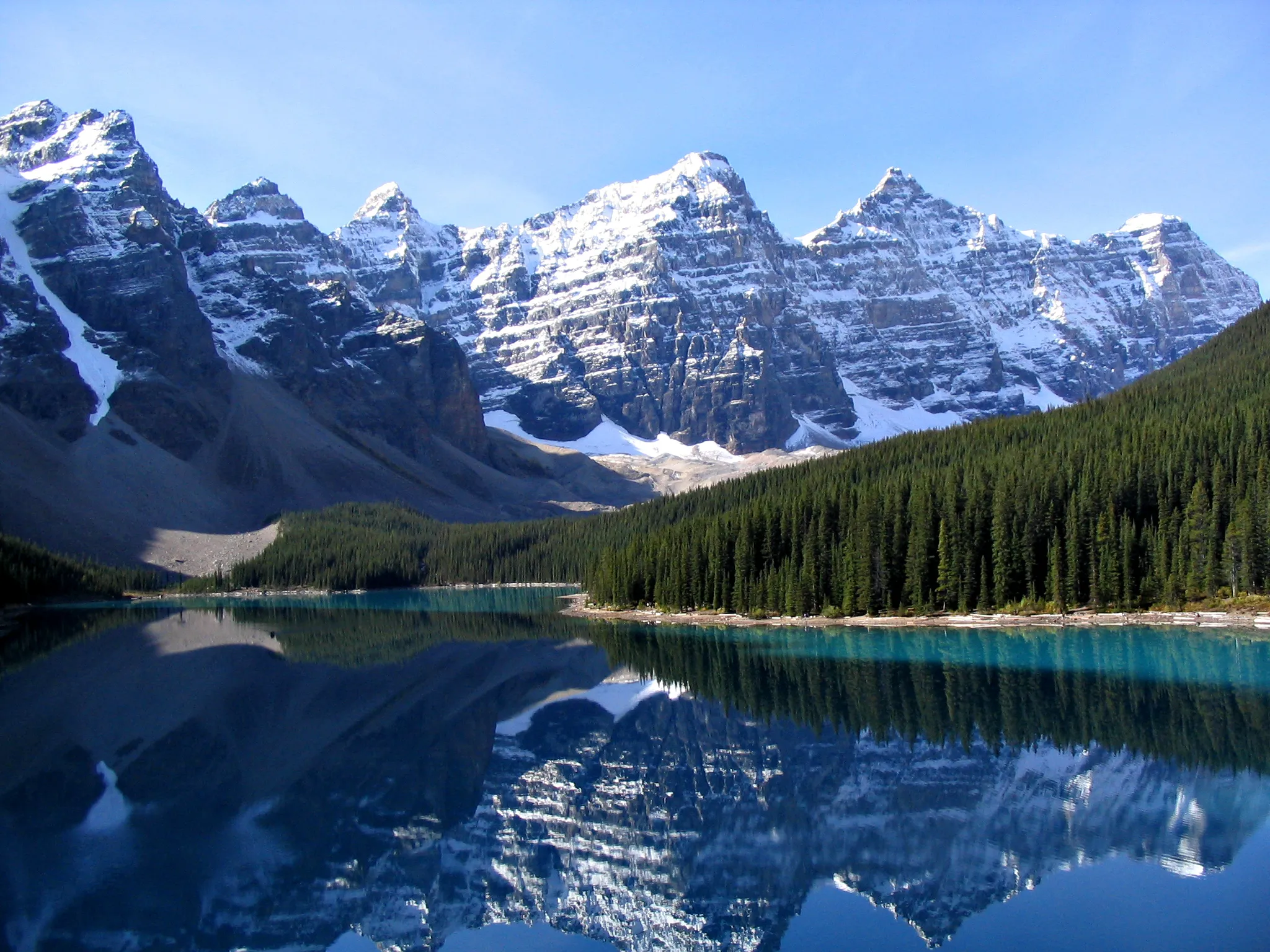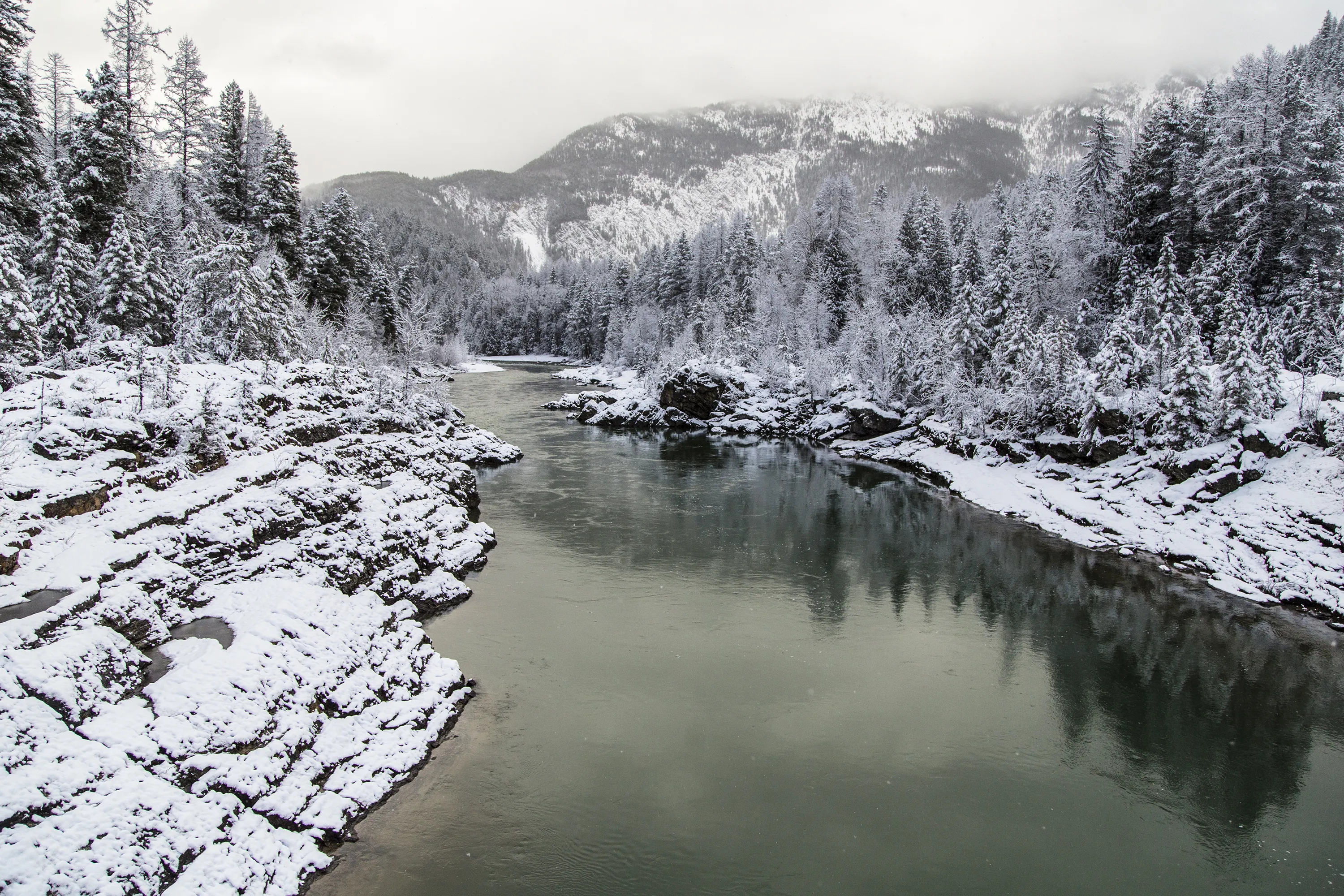Spring in Montana is not just nature awakening after long winter months, but also a golden time to immerse yourself in the vibrant and lively world of wildlife. As the snow-capped mountains begin to melt, vegetation springs to life, and animals become more active than ever. This is a perfect opportunity to experience Montana spring wildlife photography, capturing unique and emotional moments in your journey to explore magnificent nature.
Montana, nicknamed “Big Sky Country,” is famous for its vast national parks, immense forests, and diverse ecosystems. Spring, with its milder climate, is an ideal time for visitors to discover the pristine beauty of this land and witness the revival of wildlife firsthand. From grizzly bears just waking up from hibernation, herds of elk foraging in lush green meadows, to migrating birds busily building nests, everything creates a vivid and enchanting natural spectacle.
To have a successful and memorable Montana spring wildlife photography trip, you need to prepare thoroughly in terms of knowledge, skills, and equipment. This article will share useful experiences and tips to help you discover ideal locations, seize golden moments, and create the most impressive wildlife photos.
Why Spring is the Ideal Time for Wildlife Photography in Montana?
Spring brings unique and favorable conditions for Montana spring wildlife photography:
- Pleasant Weather: After a harsh winter, spring in Montana offers milder temperatures, longer days, and gentle sunlight. This weather not only creates comfort for photographers but also helps wildlife become more active after months of hibernation or hiding in the cold.
- Appearance of Young Animals: Spring is the breeding season for many wildlife species. This is a rare opportunity for you to witness adorable moments of animal mothers and their young, capturing heartwarming images of families and maternal love.
- Fresh and Vibrant Natural Scenery: Trees sprout new buds, wildflowers bloom everywhere, creating a brilliant and vibrant natural setting. The fresh green of vegetation and the diverse colors of flowers will highlight the animal subjects in your photos, creating unique works of art.
- Active Wildlife: After winter, wildlife often seeks food and mates to prepare for the breeding season. They become more active and easier to observe, increasing your chances of encountering and photographing them in their natural habitat.
- Fewer Tourists: Compared to the peak summer season, spring in Montana is usually less crowded with tourists. This provides a quieter and more comfortable space for Montana spring wildlife photography, helping you focus on observing and waiting for beautiful moments.

Typical Wildlife Species in Montana Spring
Montana is home to countless wildlife species, and spring is a great time to encounter these special residents:
- Grizzly Bear: Grizzly bears are one of the symbols of Montana. Spring is when mother bears lead their cubs out of their dens after a long hibernation. You can observe them foraging, playing, and exploring the world around them. However, you need to be extremely cautious and maintain a safe distance when observing bears, especially mothers and cubs.
- Moose: Moose are the largest members of the deer family. In spring, moose often congregate in areas with fresh vegetation to feed. You can easily spot them in areas near rivers, lakes, or swamps.
- Elk: Elk are common animals in Montana. In spring, elk usually migrate to grasslands and low forests to find food. Male elk begin to grow new antlers, creating a majestic and impressive sight.
- Bighorn Sheep: Bighorn sheep are mountain sheep characteristic of the Rocky Mountains. In spring, bighorn sheep often descend from the mountains to feed and mate. You can find them on rocky slopes, cliffs, or high meadows.
- Mountain Goat: Mountain goats are animals that live in high mountains, adapted to harsh environments. In spring, mountain goats often descend to lower elevations to feed and breed. Their pure white fur stands out against the gray mountain rocks, creating unique photos.
- Migratory Birds: Spring is the migration season for hundreds of bird species. Montana becomes an important stopover on the migration route for many waterfowl, birds of prey, and songbirds. You can observe and photograph rare birds such as bald eagles, red-tailed hawks, sandhill cranes, and many species of sparrows and warblers.
- Wolf: Wolves are apex predators in Montana. Spring is the time when wolves breed and care for their pups. Although harder to observe than other animals, if you’re lucky, you may encounter wolves in their wild natural environment.

Wildlife Photography Locations in Montana Spring
Montana boasts numerous national parks, nature reserves, and wilderness areas that are ideal destinations for Montana spring wildlife photography:
- Glacier National Park: Glacier National Park is one of the most beautiful national parks in the United States, with majestic mountains, clear blue lakes, and diverse ecosystems. In spring, you can easily encounter grizzly bears, mountain goats, bighorn sheep, moose, and many different bird species in the park. The famous “Going-to-the-Sun Road” is a fantastic route to explore the park and observe wildlife.
- Yellowstone National Park (Montana part): A portion of Yellowstone National Park is located in Montana. This area is famous for hot springs, geysers, and abundant wildlife. In spring, you can observe bison, elk, deer, wolves, and many different bird species. Lamar Valley in Yellowstone is known as the “Serengeti of North America” for its diversity and abundance of wildlife.
- National Bison Range Wildlife Refuge: This refuge is home to hundreds of bison, elk, deer, and bighorn sheep. In spring, you can drive along the routes in the refuge and easily observe these animals in their natural habitat.
- Lee Metcalf National Wildlife Refuge: Located in the Bitterroot Valley, this refuge is home to many waterfowl, birds of prey, and small mammals. In spring, you can hike on trails in the refuge and observe migratory birds, otters, weasels, and many other animals.
- Flathead National Forest: Flathead National Forest is a vast forest with diverse terrain, from high mountains to deep valleys. In spring, you can explore the forest by hiking, camping, or kayaking on Flathead Lake, and have the opportunity to encounter bears, deer, lynx, and many other animals.

Tips for Montana Spring Wildlife Photography
To make your Montana spring wildlife photography trip successful and safe, remember these tips:
- Learn About Animals: Before going out to photograph, learn about the habits, habitats, and activity times of the animals you want to capture. This will increase your chances of encountering them and getting better photos.
- Choose the Right Time: Sunrise and sunset are ideal times for wildlife photography. The soft light at these times creates more beautiful and warmer photos. Also, animals are often more active in the early morning and late afternoon.
- Prepare Appropriate Equipment: A telephoto lens is essential equipment for wildlife photography. Lenses with a focal length of 300mm or longer will help you capture sharp close-up shots from a safe distance. In addition, you also need to prepare a camera with fast continuous shooting capability, a tripod, a large capacity memory card, and spare batteries.
- Dress Discreetly and Comfortably: When going wildlife photography, wear discreet, neutral-colored clothing to blend into the natural environment and avoid scaring animals. Choose comfortable, breathable clothing suitable for spring weather.
- Maintain a Safe Distance: Safety is always the top priority when observing wildlife. Always maintain a safe distance from animals, especially large animals like bears and moose. Never feed animals or try to approach them too closely.
- Be Patient and Observant: Wildlife photography requires patience and good observation skills. Take time to observe your surroundings, listen to the sounds of nature, and wait for beautiful moments to appear.
- Respect the Environment and Animals: When photographing wildlife, always respect the natural environment and wildlife. Do not make loud noises, do not litter, and do not disturb animals. Remember that you are a guest in their home.

Techniques for Montana Spring Wildlife Photography
To enhance the quality of your Montana spring wildlife photography photos, you can apply some of the following techniques:
- Composition: Pay attention to the composition of your photos. Use the rule of thirds, leading lines, or natural frames to create balanced and engaging images. Place the animal subject in a suitable position in the frame, not necessarily always in the center.
- Lighting: Take advantage of natural light at sunrise and sunset to create photos with beautiful colors and soft shadows. Pay attention to the direction of light to highlight the subject and create depth for the photo.
- Shutter Speed: Use a fast enough shutter speed to freeze the motion of animals, especially when photographing birds in flight or animals running and jumping. The minimum shutter speed should be 1/250 second or faster, depending on the animal’s speed and lens focal length.
- Aperture: Use a wide aperture (small f-number) to create a shallow depth of field, highlighting the animal subject and blurring the background. Apertures of f/2.8, f/4, or f/5.6 are commonly used for wildlife photography.
- ISO: Adjust the ISO according to the lighting conditions. In low light conditions, you can increase the ISO to ensure a fast enough shutter speed. However, balance ISO and image quality, avoiding increasing ISO too high, which can cause noise.
- Focusing: Use continuous autofocus mode (AF-C or Continuous AF) to track the movement of animals and keep them sharp. Choose an appropriate focus point, usually the animal’s eyes, to create soulful and expressive photos.
- Continuous Shooting: Use burst mode to capture multiple moments in a short period of time. This helps you increase your chances of capturing the best moments, especially when photographing animals moving or performing fast actions.

Conclusion
Experiencing Montana spring wildlife photography is a wonderful journey of nature exploration, offering you the opportunity to admire the pristine beauty of “Big Sky Country” and capture memorable moments of the wildlife world. With thorough preparation, knowledge, and appropriate skills, you will get impressive and unique wildlife photos while fully enjoying the beauty of Montana spring. Plan your photography trip today and discover the wonders that nature bestows!